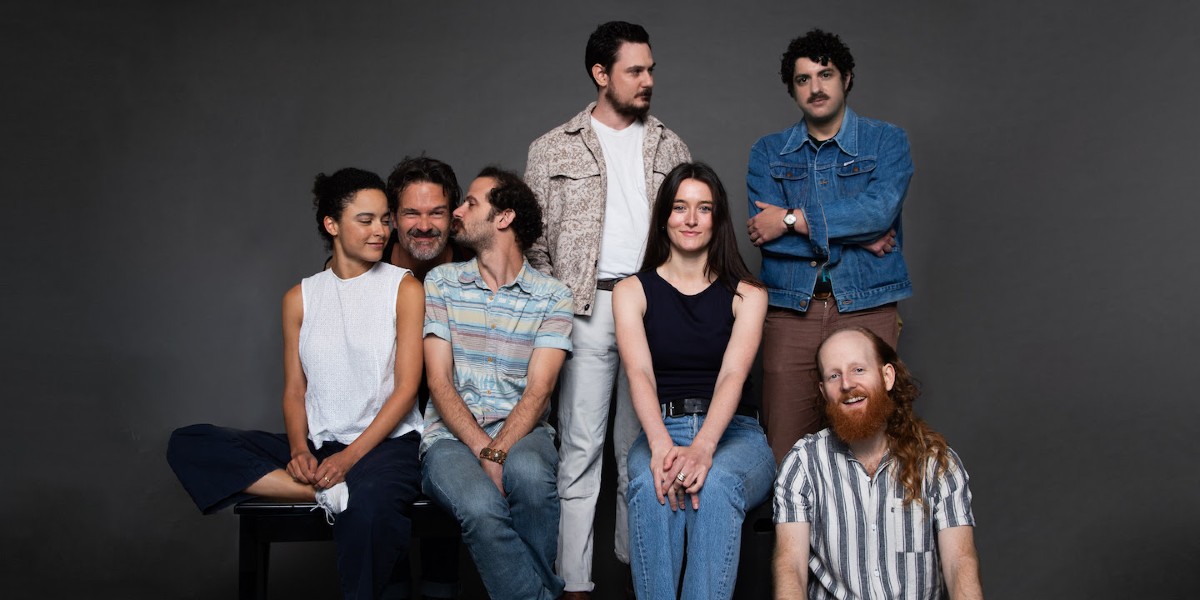History and Evolution of Stereophonic Broadway

Stereophonic broadway – Stereophonic sound, also known as stereo, has revolutionized the Broadway experience, immersing audiences in a multidimensional soundscape. The journey of stereophonic sound on Broadway is a fascinating tale of technological innovation and artistic vision.
The early 20th century saw the advent of sound amplification in theaters, but it was limited to monaural systems, which provided sound from a single source. In the 1930s, the development of stereophonic sound systems opened up new possibilities for creating a more immersive and realistic soundscape.
Adoption of Stereophonic Sound, Stereophonic broadway
Broadway producers were quick to recognize the potential of stereophonic sound to enhance the audience experience. In 1950, the musical “South Pacific” became the first Broadway show to utilize a full stereophonic sound system, setting a new standard for audio production.
The adoption of stereophonic sound on Broadway was driven by several technological advancements. The development of multi-track recording and playback systems allowed for the separation and control of different sound sources. The introduction of high-fidelity loudspeakers and amplifiers ensured the accurate reproduction of the stereophonic soundscape.
Notable Broadway shows that pioneered the use of stereophonic sound include “West Side Story” (1957), “My Fair Lady” (1956), and “The Sound of Music” (1959). These productions showcased the transformative power of stereophonic sound, creating a more engaging and immersive experience for audiences.
Technical Aspects of Stereophonic Broadway

Stereophonic sound systems utilized in Broadway theaters are designed to create an immersive and captivating audio experience for the audience. These systems employ advanced techniques and equipment to deliver a multi-dimensional soundscape that enhances the audience’s perception of space and depth.
The technical principles behind stereophonic sound systems involve the use of multiple loudspeakers strategically placed throughout the theater. These loudspeakers are calibrated to produce a coherent and cohesive sound field, ensuring that the audio reaches the audience from various directions.
Equipment and Techniques
The equipment employed in stereophonic Broadway systems includes:
- Multiple loudspeakers
- Digital signal processors (DSPs)
- Mixing consoles
DSPs are used to manipulate the audio signal, creating effects such as equalization, delay, and panning. Mixing consoles allow the sound engineer to control the levels and routing of the audio signals to the loudspeakers.
Innovative Sound Design Techniques
Sound designers employ innovative techniques to enhance the audience’s perception of space and depth. These techniques include:
- Panning: Assigning different audio elements to specific loudspeakers to create the illusion of movement or spatial separation.
- Delay: Introducing a slight delay between the arrival of the audio signal at different loudspeakers, simulating the effect of sound traveling through space.
- Reverberation: Adding artificial reverberation to create the impression of a larger or more resonant space.
These techniques, combined with the careful placement of loudspeakers, enable sound designers to create immersive audio experiences that transport the audience into the world of the performance.
Impact of Stereophonic Sound on Broadway Productions

Stereophonic sound has revolutionized the Broadway experience, enhancing storytelling, creating more realistic environments, and deepening emotional connections for audiences. With the ability to precisely control the placement and movement of sound within the theater, sound designers can create immersive and dynamic soundscapes that transport audiences to different worlds and heighten the emotional impact of performances.
One of the most significant impacts of stereophonic sound has been its ability to enhance storytelling. By using different sound sources and panning techniques, sound designers can create a sense of space and depth, guiding the audience’s attention and enhancing the narrative. For example, in the musical “Hamilton,” stereophonic sound is used to create a sense of intimacy during the character’s private moments and a sense of grandeur during the large-scale battle scenes.
Stereophonic sound has also been used to create more realistic environments on Broadway. By reproducing the sounds of nature, urban environments, and other settings, sound designers can transport audiences to different worlds and make the stage feel more immersive. For example, in the play “The Lion King,” stereophonic sound is used to create the sounds of the African savanna, including the roar of lions, the chatter of monkeys, and the rustling of leaves.
Finally, stereophonic sound has been used to deepen emotional connections for audiences. By carefully controlling the volume, timbre, and placement of sound, sound designers can create a range of emotions, from joy and excitement to sadness and fear. For example, in the musical “Wicked,” stereophonic sound is used to create a sense of wonder and magic during the opening number, and a sense of heartbreak and loss during the character’s tragic demise.
Specific Examples of Broadway Productions Transformed by Stereophonic Sound
- Hamilton: Stereophonic sound is used to create a sense of intimacy during the character’s private moments and a sense of grandeur during the large-scale battle scenes.
- The Lion King: Stereophonic sound is used to create the sounds of the African savanna, including the roar of lions, the chatter of monkeys, and the rustling of leaves.
- Wicked: Stereophonic sound is used to create a sense of wonder and magic during the opening number, and a sense of heartbreak and loss during the character’s tragic demise.
- The Phantom of the Opera: Stereophonic sound is used to create a sense of mystery and suspense, with the Phantom’s voice often appearing from different parts of the theater.
- Les Misérables: Stereophonic sound is used to create a sense of grandeur and emotion, with the soaring melodies and powerful lyrics filling the theater.
